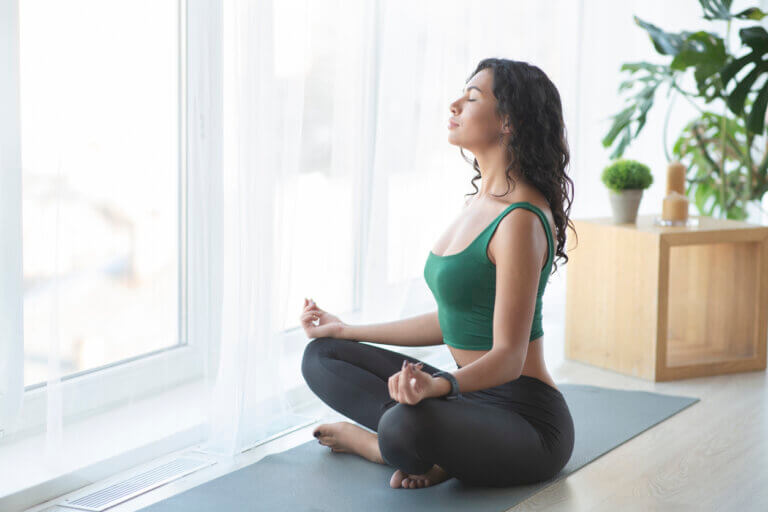It is interesting how we get used to using extremely sophisticated tools, being content to know what they produce and how they are used.
Totally ignoring their configuration or content, computers, GPS, and other multiple devices that make modern life easier for us, are of daily use even in the lives of the smallest.
In all these cases (electronic devices) their design has a specific and practical purpose and leads to its execution with maximum efficiency.
Extrapolating this pragmatism to any daily use, we include various disciplines in our entertainment assuming a similar operation. But it turns out that in some cases the "black boxes" we use have not been made for such an obvious purpose, nor is their design unidirectional. Such is the case of Yoga.
In the vast majority of beginners, the practice of Yoga is undertaken being an absolute victim of our inertia, projecting it just as the body casts its shadow, in the way we move, breathe and relate to the exercise.
Almost without exception, the beginner hopes to gain more strength, balance, flexibility, or whatever else he or she hopes to find in practice.
It establishes a relationship of beginning and goal with the exercise, linear, that measures in time, effort and results. It is continually evaluated against these parameters.
The faster you understand that developing any skill to the extreme is unnecessary in Yoga, the faster your development in this discipline will be.
The uniqueness of this practice lies in the fact that its realization does not depend only on the exercise itself, but rather on the relationship that we establish with it.
The exercise, which in most cases is the goal, here is just the means, the pretext... The real goal is to study our behavior in it. The most interesting moment that a Yoga teacher can experience in teaching is the moment when her student finally understands this enormous principle.
It is from then on that he stops pursuing Yoga and begins to live it. He stops strengthening his strong parts and begins to observe their contrasts. He stops caring about quantity, and starts caring about quality.
As I said at the beginning, being a victim of our inertia, we enter Yoga as if it were another field in which we must play our cards and become stronger, and win something. And the mere fact of understanding that such behavior is useless disarms us.
There is no competition, there is no goal (at least quantitatively measurable) and it is in fact curbing our inertia and learning new behaviors of our body, our brain, our emotions, our mind... what will bring enjoyment and the realization of that much persecuted relaxation, well-being and other golden dreams.
There is no “learn yoga in thirty days” magic. There is no minimum measure of effort, time or money that assures us that from then on we will understand Yoga.
The only thing that can make the learning of Yoga closer is that we stop paying so much importance to what is done and pay attention to what we do not do in the posture.
I quote a phrase from Guruji Iyengar: "Yoga is always practiced from the invisible."
What part of your body or mind are you not paying attention to? Why?

